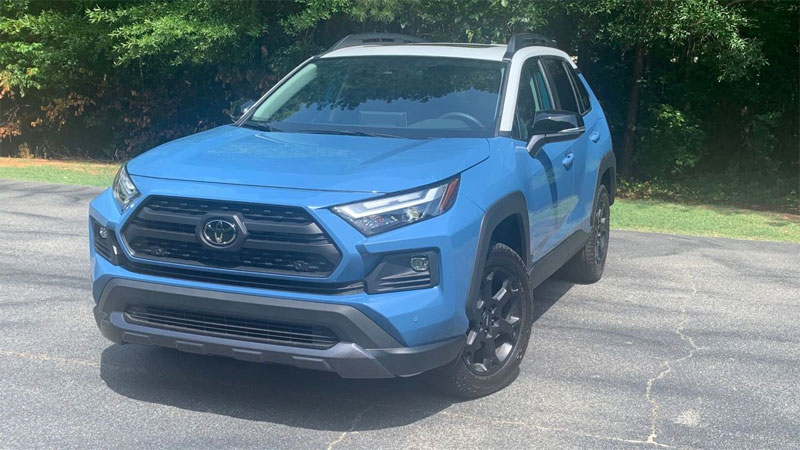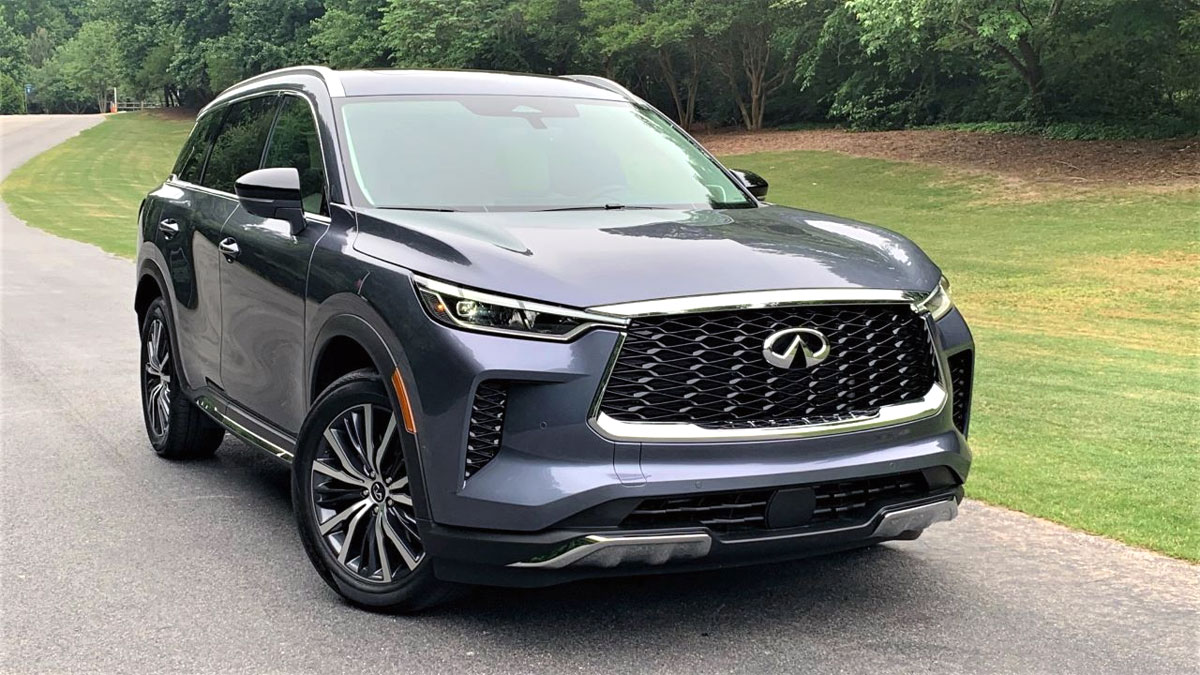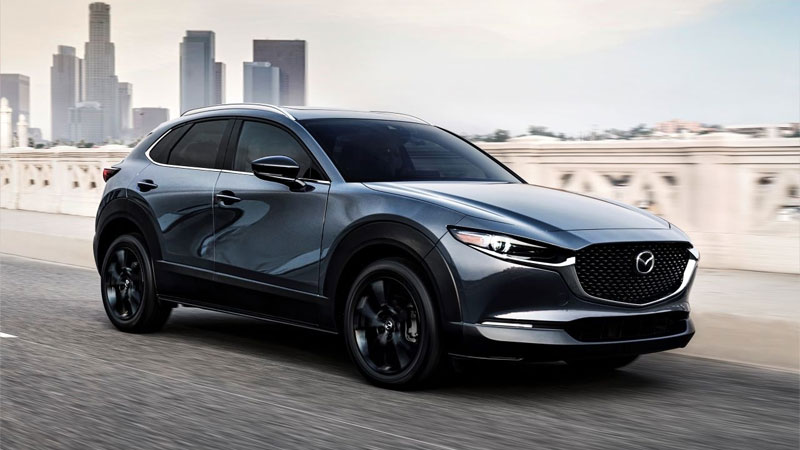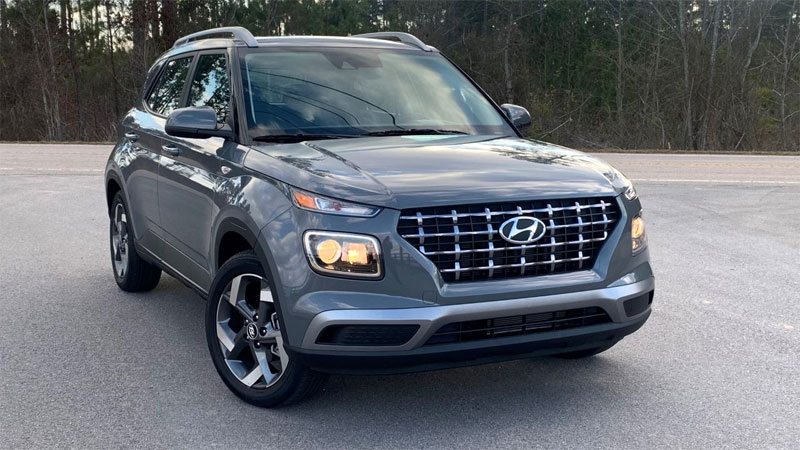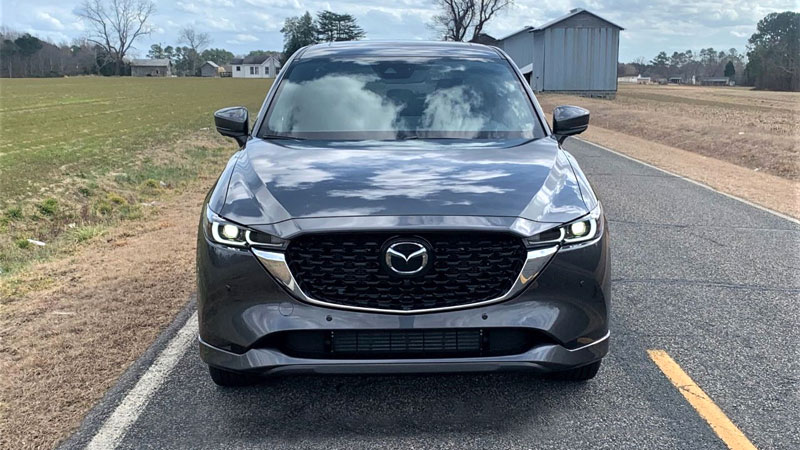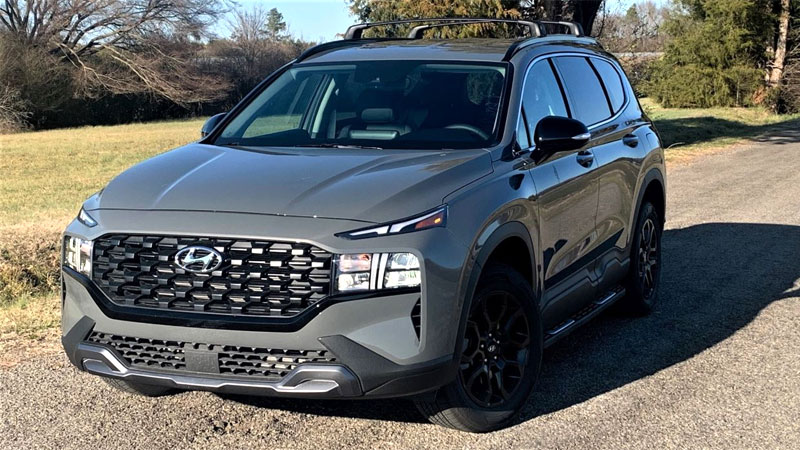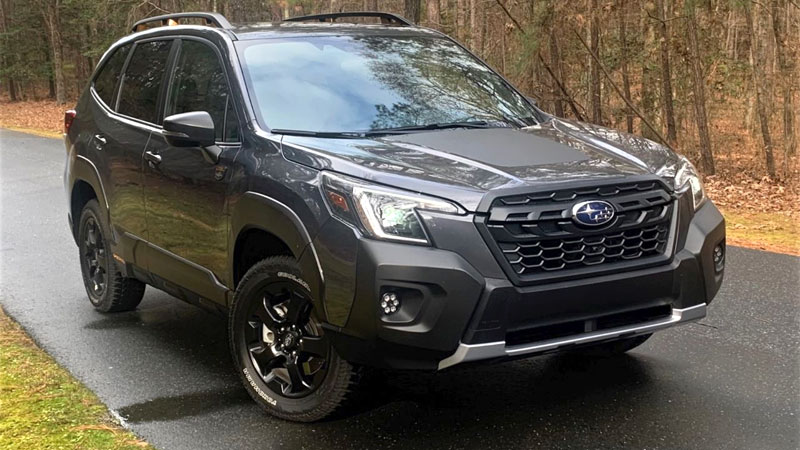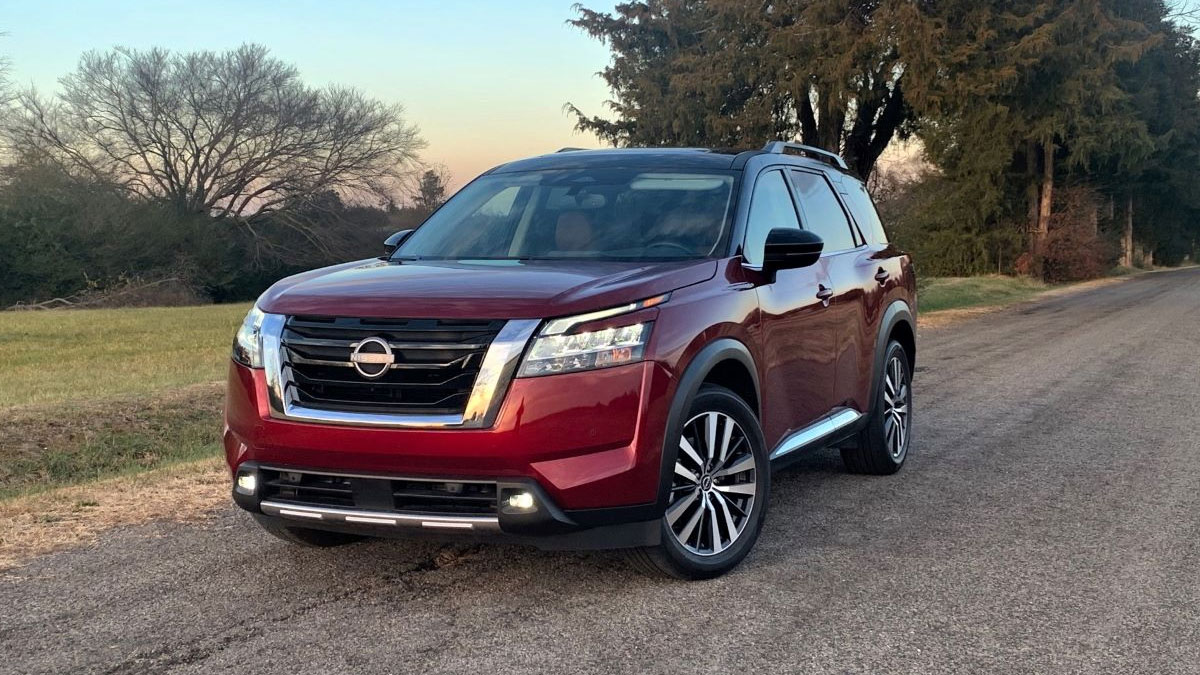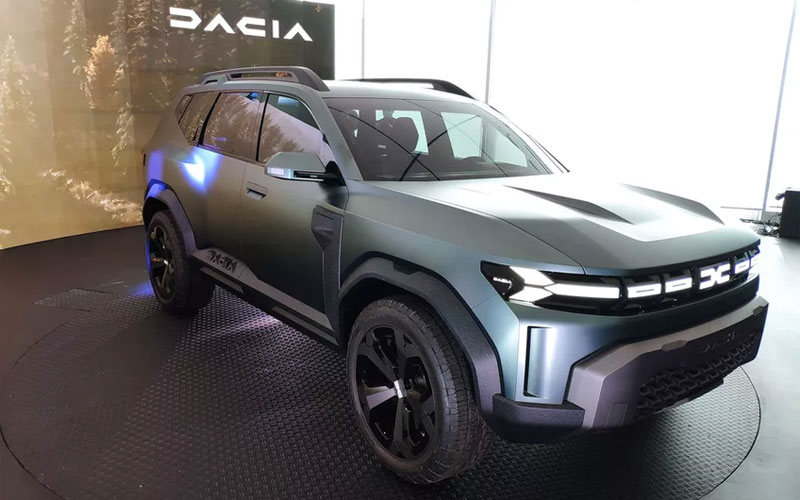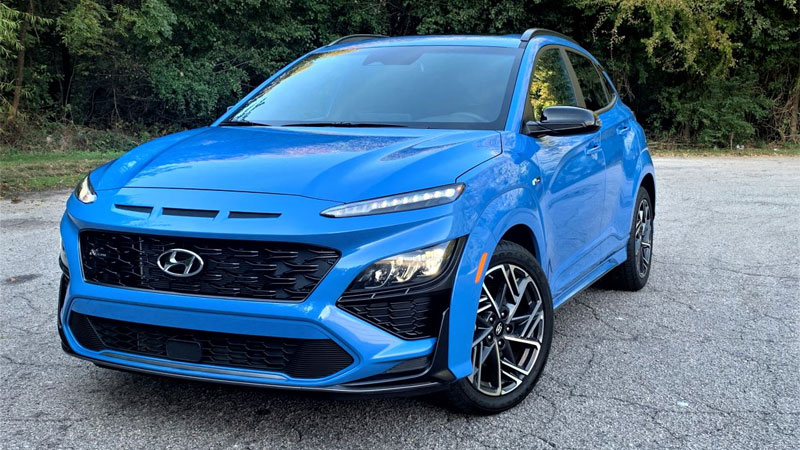2022 Toyota RAV4 Off-Road, or Not?
The Toyota RAV4 is a compact crossover SUV, a model available in standard, hybrid, and plug-in hybrid configurations. It now outsells the midsize Camry sedan and compact Corolla sedan and hatchback and is one of the best-selling vehicles in America. With such a strong nameplate driving sales, the automaker is … Read more

